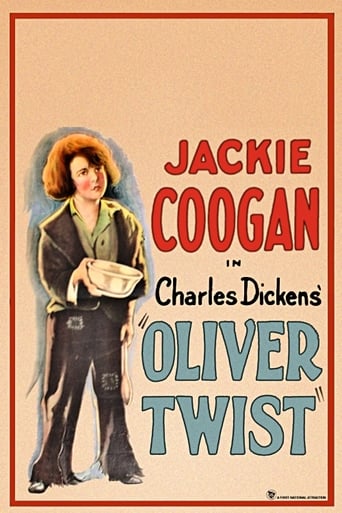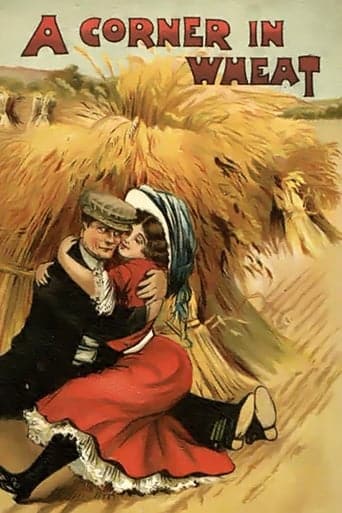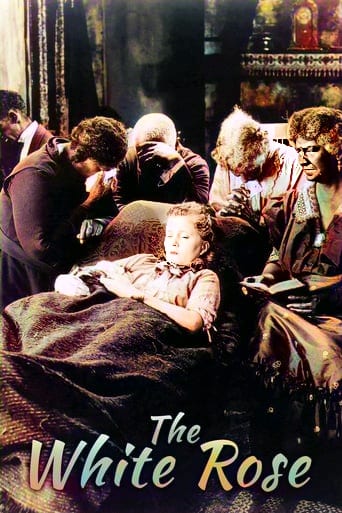The Fireman (1916)

 “The Fireman” (1916), directed by and starring the incomparable Charlie Chaplin, is a classic silent comedy that showcases Chaplin’s genius in physical comedy and storytelling.
“The Fireman” (1916), directed by and starring the incomparable Charlie Chaplin, is a classic silent comedy that showcases Chaplin’s genius in physical comedy and storytelling.
With a stellar cast including Edna Purviance, Lloyd Bacon, Eric Campbell, and Leo White, the film unfolds as a series of comedic misadventures with Chaplin playing the role of a bumbling fireman who always manages to get everything wrong.
At the core of “The Fireman” is Chaplin’s iconic Tramp character, this time donning the uniform of a fireman. The Tramp’s endearing nature lies in his perpetual misfortune and good-hearted resilience. Chaplin’s physicality, expressive face, and ability to evoke sympathy from the audience make the Tramp a timeless character that transcends the boundaries of language and culture.
The film’s narrative begins with a clever premise involving insurance fraud. A man convinces the Fire Chief, played by Eric Campbell, to ignore his burning house, as he intends to claim the insurance money. Unbeknownst to the Chief, the man’s daughter, portrayed by Edna Purviance, is upstairs in the burning house. This setup establishes the comedic tension and sets the stage for a series of escalating calamities.
Chaplin’s portrayal of the well-intentioned but accident-prone fireman adds layers of humor to the film. From chaotic hose mishaps to misinterpreted signals, the Tramp’s every action seems destined for calamity. The physical comedy is masterfully choreographed, with Chaplin’s trademark agility and precise timing on full display.
Edna Purviance, a frequent collaborator with Chaplin, assumes the role of the daughter caught in the middle of the insurance scheme. Purviance’s presence adds a touch of romance to the film as her character becomes entangled in the chaos caused by the Tramp’s well-intentioned but calamitous efforts.
Lloyd Bacon, as a neighboring homeowner, becomes the unwitting victim of the Tramp’s misadventures when his house catches fire. Bacon’s interactions with Chaplin contribute to the comedic escalation, as the Tramp inadvertently becomes the town’s firefighter-in-chief. The escalating chaos becomes a source of hilarity, with Chaplin navigating each new challenge with his signature physical humor.
Eric Campbell, known for his imposing and often antagonistic roles in Chaplin’s films, assumes the role of the Fire Chief. Campbell’s commanding presence adds an element of authority and exasperation as he tries to manage the Tramp’s well-intentioned but disastrous firefighting efforts.
Leo White, in a supporting role, provides additional comedic moments as a fellow firefighter. White’s expressive face and physical comedy contribute to the ensemble’s chemistry, adding to the overall hilarity of the film. The camaraderie among the cast enhances the audience’s enjoyment of the comedic interplay.
One of the film’s memorable sequences involves the Tramp attempting to rescue a woman from a burning building. The comedic twists and turns, coupled with Chaplin’s acrobatic feats, make for a classic moment in silent film history. The scene exemplifies Chaplin’s ability to infuse physical comedy with genuine emotion, creating a nuanced and engaging cinematic experience.
“The Fireman” also offers a satirical commentary on the bureaucratic and absurd nature of firefighting. The film highlights the absurdity of procedures and protocols, with Chaplin’s character navigating a world where every effort to fight fires only seems to exacerbate the chaos. This satirical element adds a layer of social commentary to the film’s comedic narrative.
Chaplin’s directorial vision is evident in the film’s visual storytelling. The use of exaggerated gestures, visual gags, and clever prop usage demonstrates Chaplin’s mastery of the silent film medium. The physical comedy is complemented by inventive set design and practical effects that contribute to the film’s timeless charm.
As “The Fireman” reaches its climax, the escalating chaos leads to a resolution that ties together the various comedic elements. The Tramp’s well-intentioned actions ultimately contribute to the restoration of order, albeit in a manner that leaves a trail of destruction in his wake. The film’s conclusion reflects Chaplin’s adeptness at crafting satisfying resolutions within the framework of silent comedy.
In conclusion, “The Fireman” (1916) stands as a testament to Charlie Chaplin’s unparalleled contributions to the world of silent comedy. With a cast of memorable characters, ingenious physical comedy, and a satirical edge, the film showcases Chaplin’s directorial and comedic brilliance. The enduring appeal of the Tramp, coupled with the film’s timeless humor, solidifies “The Fireman” as a classic in the silent film canon, reminding audiences of Chaplin’s enduring legacy as a master storyteller and entertainer.
Release Date: June 12th, 1916
Main Cast Members
Charlie Chaplin (Fireman)
Edna Purviance (Girl)
Lloyd Bacon (Her Father)
Eric Campbell (Foreman of the Brigade)
Leo White (Owner of Burning House)
Charlotte Mineau (Mother)
Albert Austin (Fireman)
Frank J. Coleman (Fireman)
James T. Kelley (Fireman)
Loading live eBay listings...




